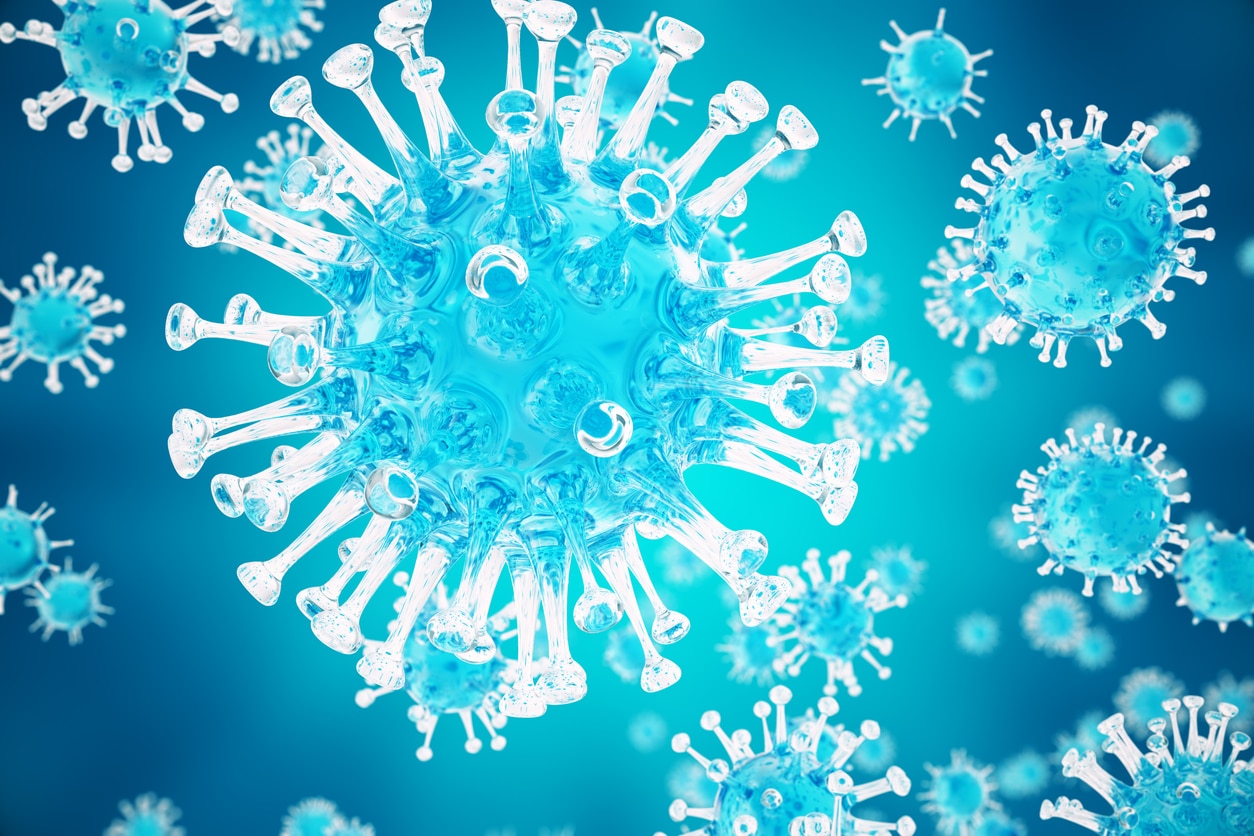LundaGUARD – A Consortium For Fighting Infectious Agents
Several private and public organizations join efforts in the LundaGUARD consortium to respond to present and future threats from infectious…
Several private and public organizations join efforts in the LundaGUARD consortium to respond to present and future threats from infectious agents. The consortium comprises partners with complementary capabilities and in-depth expertise in structure-based drug discovery.
The project will leverage the partner’s ́ technology platforms for accelerated drug discovery towards a “weak spot” in the Sars-CoV-2 virus replication machinery (1). The effort is expected to result in novel candidate drugs specifically for treating COVID-19 patients, but it also represents a versatile tool for future and hitherto unknown threats.
The consortium was put together by Dr. Wolfgang Knecht, Manager of LP3, the Protein Production Platform at Lund University. It includes the Swedish national facility MAX IV synchrotron and the international facility European Spallation Source, ESS, two flagships of large-scale research infrastructure for structural biology located in Lund, Sweden. SARomics Biostructures, in collaboration with Read Glead Discovery, will provide access to the unique WAC-screening platform, which has already been validated through multiple client projects. Professor Frank Kozielski’s group from the University College London (UCL) School of Pharmacy, one of the most highly rated pharmacy schools in the UK, contributed to the structure of COVID-19 NSP10 (1), the target of the present study.
LP3, MAX IV Laboratory, and SARomics Biostructures are already partners in the FragMAX project (2), which was founded by the Swedish Research Council.
(1) Rogstam, A. et al. (2020). Crystal Structure of Non-Structural Protein 10 from Severe Acute Respiratory Syndrome Coronavirus-2. Int J Mol Sci 21, (2020).
(2) Lima, G. M. A. et al. (2020). FragMAX: the fragment-screening platform at the MAX IV Laboratory. Acta Crystallographica. Section D, Structural Biology 76, 771-777







